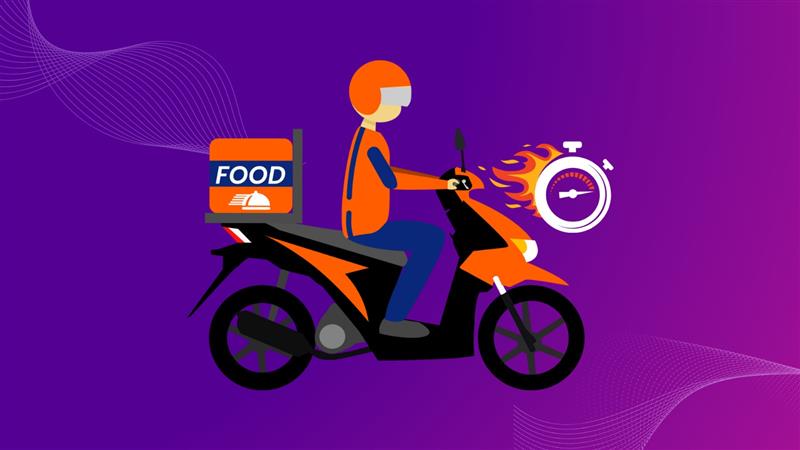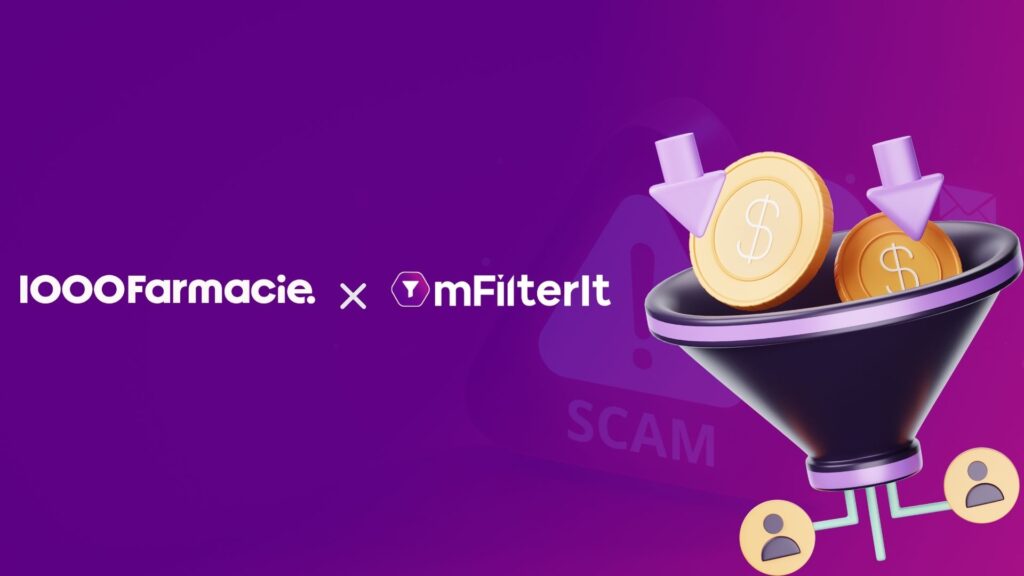The marketers have been feeding on third-party cookies data to reach a wide array of users based on their behavior and preferences. However, with the news of the third-party cookies phase-out, the marketers have to bring innovative ways to curate customer data for targeting the right audience with their ad campaigns.
Google has announced that it will fade out the use of third-party cookies by the end of 2023 to bring more privacy to the digital ecosystem. But what will the next phase look like?
Most certainly, it will not be that bad. Instead, it might be a start to a more transparent and privacy-first approach in the digital advertising world.
Know in detail why third-party cookies are fading and how this will impact the advertisers and publishers.
Table of Contents
ToggleWhat are third-party cookies?
The third-party cookies are used by marketers for ad retargeting and behavioral advertising. Advertisers add a tag to a page to track a user across the web as they visit different websites. This allows them to create a profile of a visitor based on their search habits so that they can show them more relevant ads.
Advertisers have very sophisticated parameters for their campaigns to ensure they are reaching their targeted audience. To achieve this, they take the help of third-party cookies.
However, third-party cookies have been under the radar of controversy for the longest time and are considered an invasion of people’s privacy.
Why third-party cookies are going to phase out?
The phase-out of third-party cookies has been in the buzz for quite some time. In February 2020, Google announced the phase-out to protect the privacy of the users. This move was initiated to bring more transparency, choice, and control to the users on how they want their data to be used.
Though the search engine giant was the first to make the announcement, Safari and Firefox made the first steps to phase out third-party cookies. Google’s phasing out process will happen over a period of two years to ensure that the online advertising business is not impacted heavily by the change.
Impact of Third-Party Cookies Phase-Out
On Advertisers
Out of all the cookies available on an average website, up to 60% are third-party that are used for marketing and advertising purposes. The third-party cookies are meant for tracking the behavior of the user across the internet. They capture the interests, actions, and behavior of the user as they scan through the websites.
Though this data is quite broad and detailed with various data elements, the datasets made by combining cookie syncing and record matching give more comprehensive data for hyper-specific targeting.
Due to the loss of this key mechanism, the advertisers will not be able to do retargeting, behavioral targeting, cross-site attribution modeling, and measurement. Without this kind of precision level, the reach and performance of the digital ads will also be impacted.
On Publishers
As the third-party cookies phase out, the publishers will not be able to provide a targeted audience to the advertisers. As a result, their ad revenue will be directly impacted. However, large publishers can use their first-party data to provide a highly targetable audience for the advertiser. Due to the phase-out of the third cookie, the ad exchanges, supply-side platforms (SSPs), or demand-side platforms (DSPs), addressability to the audience and volume will decline massively.
Due to a weak targeted audience, the advertisers will pay a lost cost per impression as the ROAS will be low.
How can marketers get ready for the change?
The removal of third-party cookies will bring a drastic change in the digital advertising ecosystem. It will push the advertisers to create more authentic connections with customers. The first move after the phase-out will be to leverage the first-party cookie data. The use of first-party data means that the marketers will get access to more accurate and insightful data to measure customer interaction.
Marketers have to brainstorm new ideas to build connections with their customers to get their contact details. However, the advertisers have to ensure that the customers trust them with their data.
In addition to leveraging the first-party data, other techniques will help marketers to overcome the phasing out of third-party cookies. Some other ways are:
- Contextual advertising – To ensure that the right audience is targeted, the marketers will be required to focus on the messaging. A focused messaging will help provide a granular view of the interests of the audience.
- Federated Learning of Cohorts – This is a type of web tracking introduced by Google, but it is still in its testing phase. The basic idea of this technology is that the Chrome Browser will track the browsing habits of the customers and help the marketers to create a targeted messaging to attract the right audience.
Will the first-party cookies result in low ad fraud?
Unfortunately, No.
Online marketers use cookies to gather user information for better ad targeting. While the third-party cookies compromised the privacy of the users sharing their information, their phasing out will not impact ad fraud.
Even with first-party cookies, the fraudsters can generate invalid traffic with the help of bots, automated scripts, malware, and other non-human traffic. Though these fraudulent traffic sources can be identified with the help of IP addresses, there are some sophisticated fraud techniques like cookie stuffing which are hard to detect manually.
How to protect your ad campaigns from ad fraud?
To validate traffic on your web campaigns, it is essential to partner with an ad fraud detection & prevention solution like mFilterIt. We use sets of algorithms and capabilities of AI, ML, and data science to detect invalid traffic sources. Further, to protect your ad campaigns from future damage we do an active blacklisting to eliminate fraud and ensure cleaner traffic.
Conclusion
The fall of third-party cookies will bring a certain level of privacy and transparency to the digital advertising ecosystem. However, there will be hardly any impact on the ad fraud existing in the advertising world. Instead, the marketers will require strict preventative measures to protect their ad campaigns from fraudsters.
As a result of the phase-out of third-party cookies, the marketers will be vulnerable in terms of the targeted audience. And in this case, to protect their ad spends and ensure that they reach the right audience, the need for an ad fraud detection is more important than ever.









